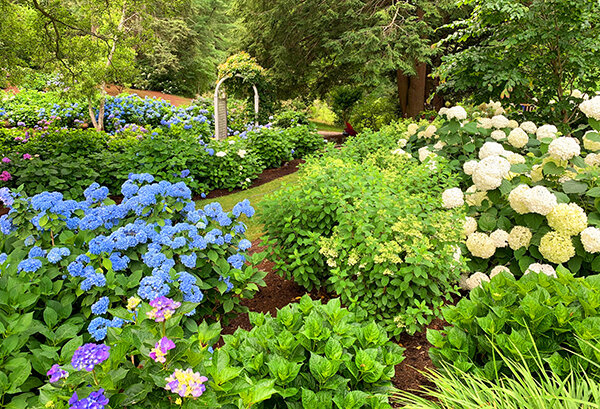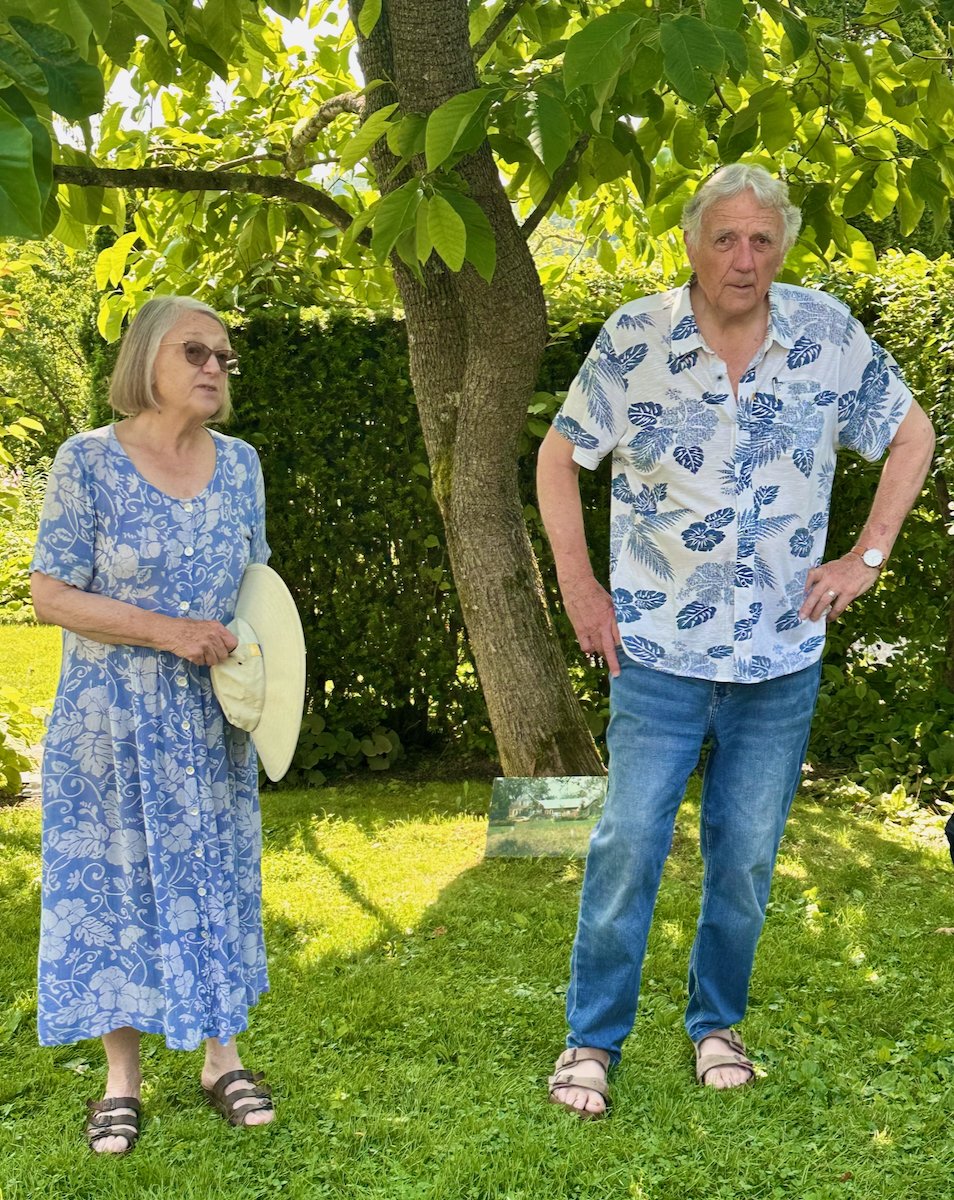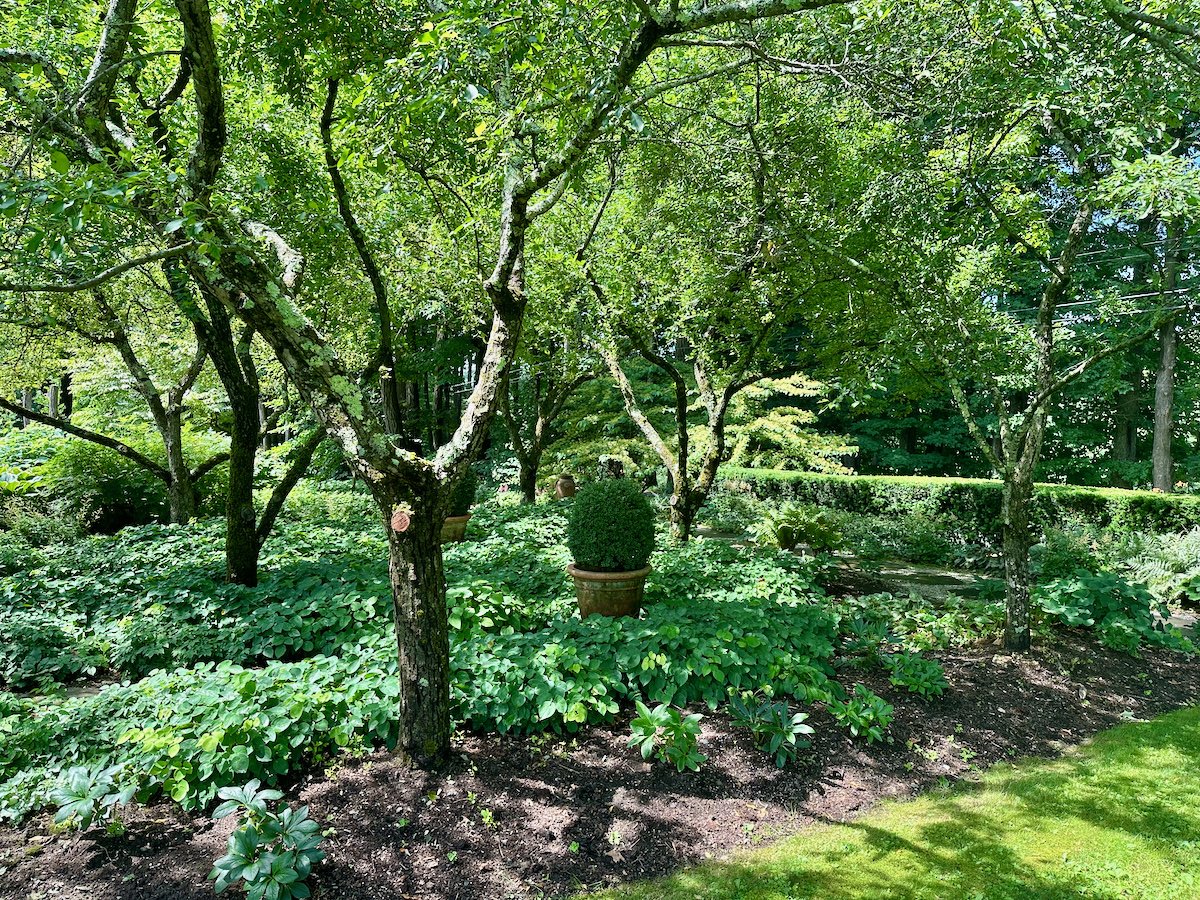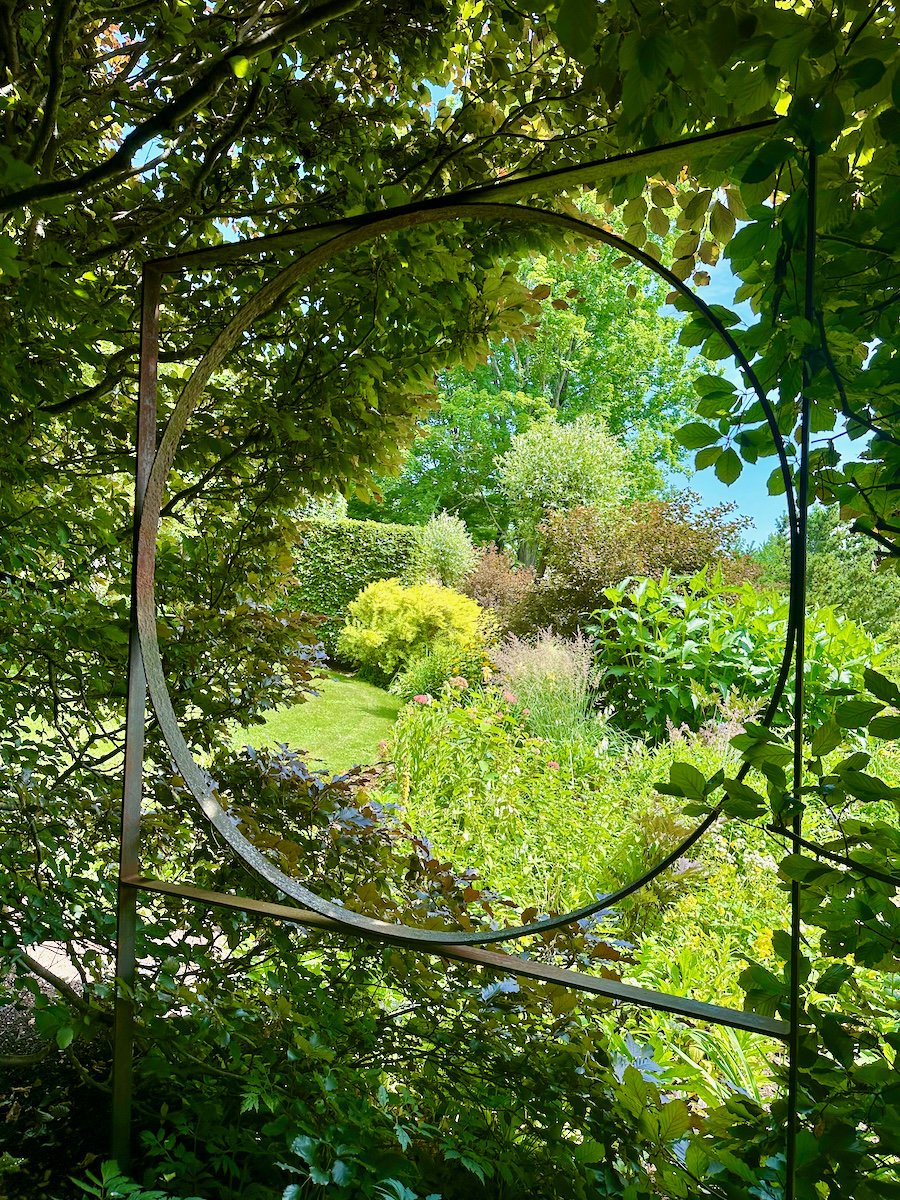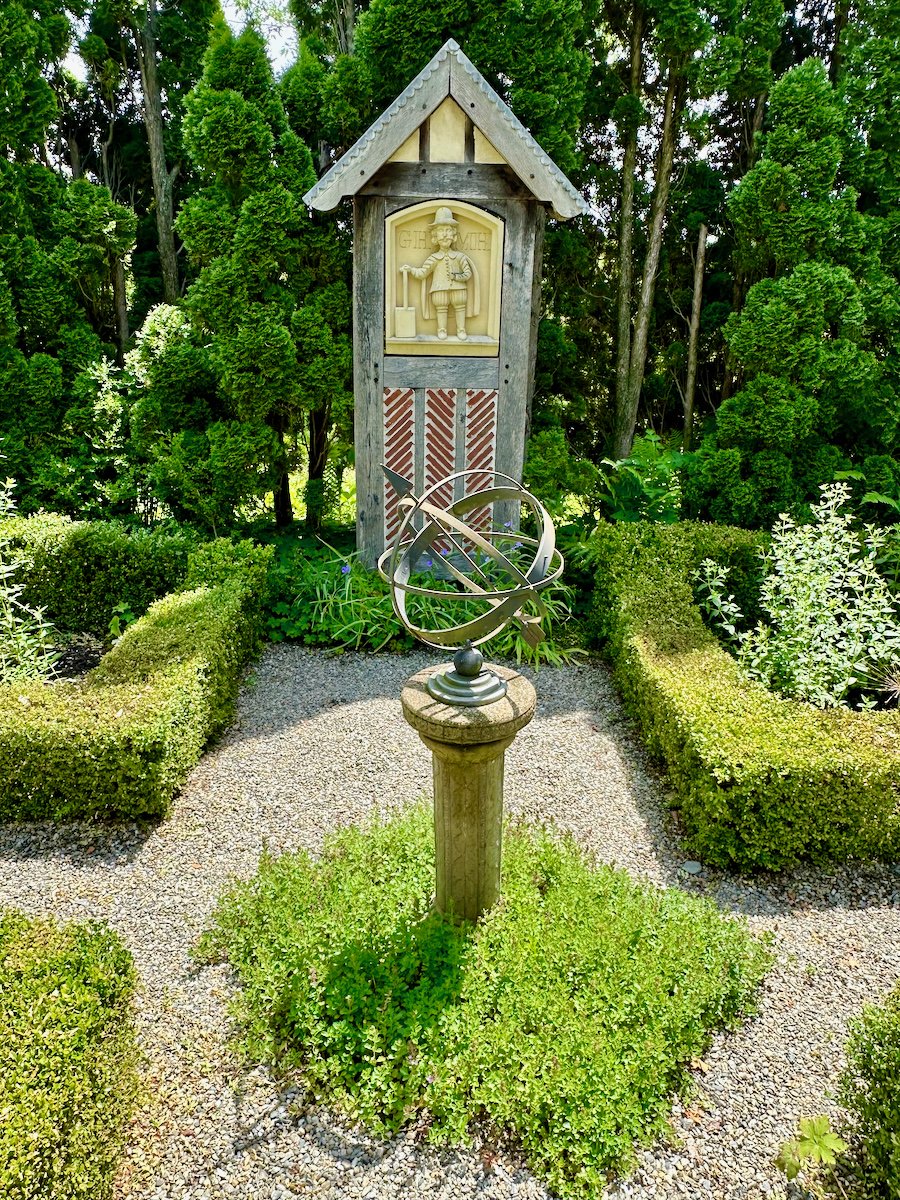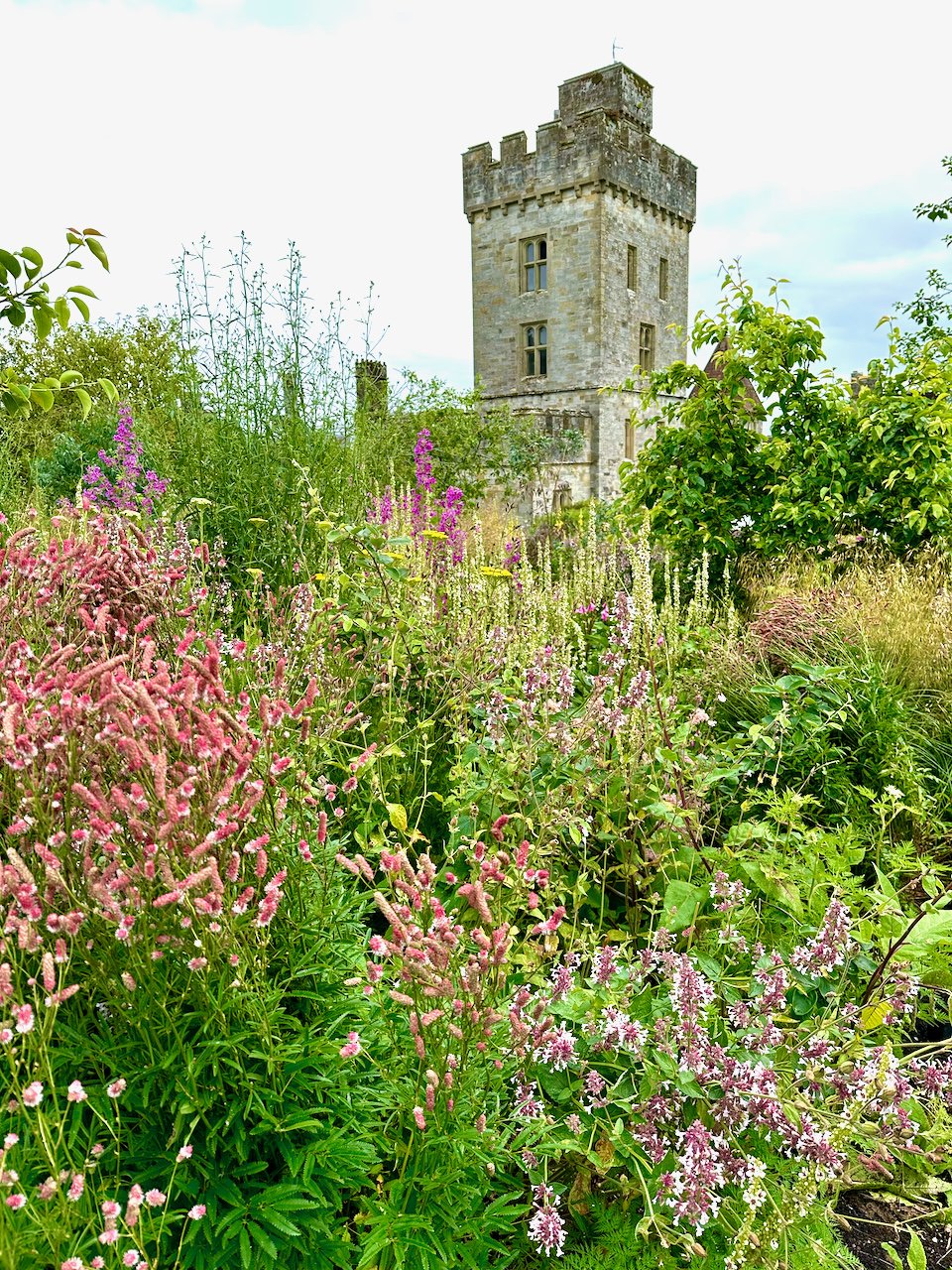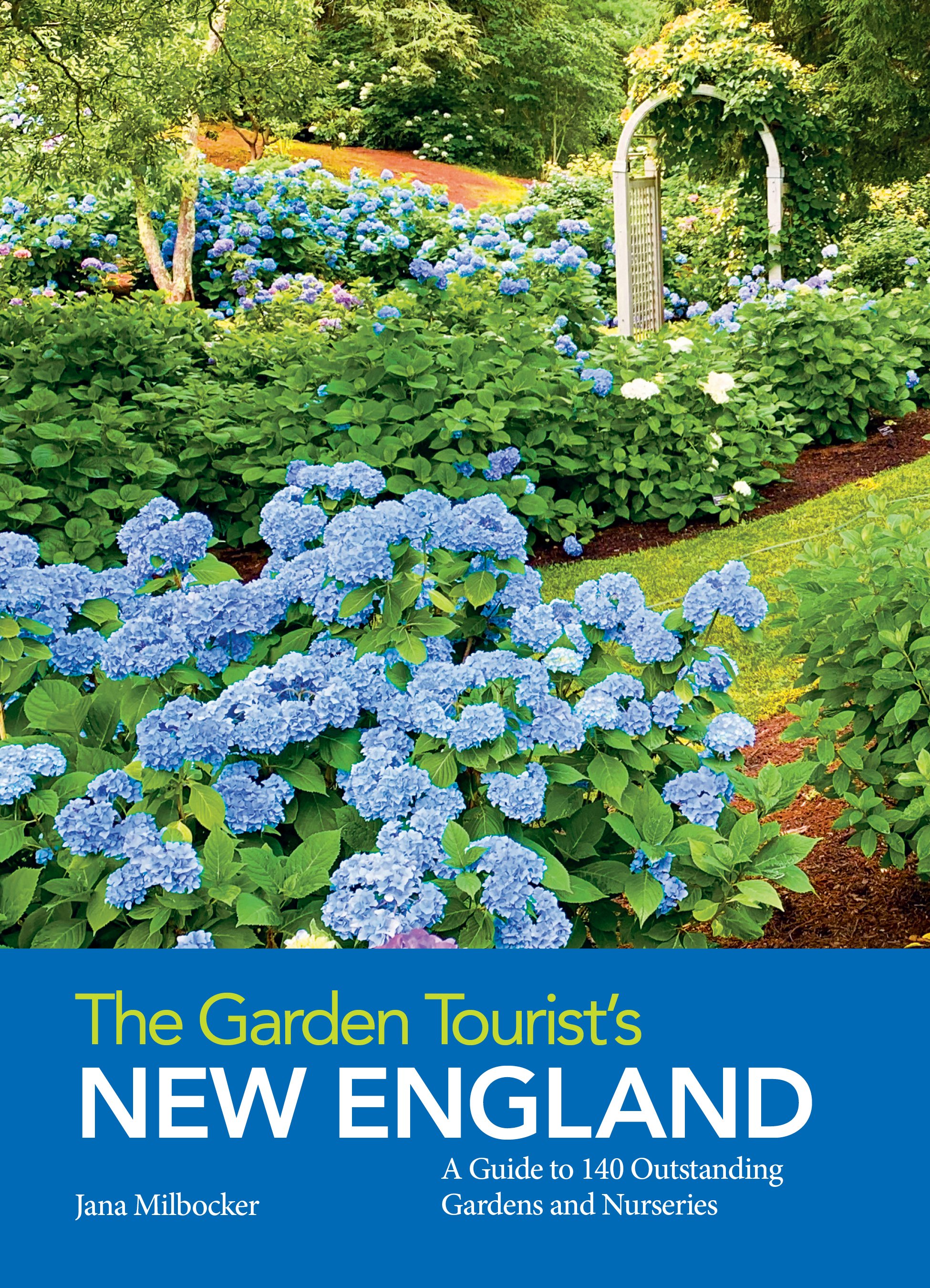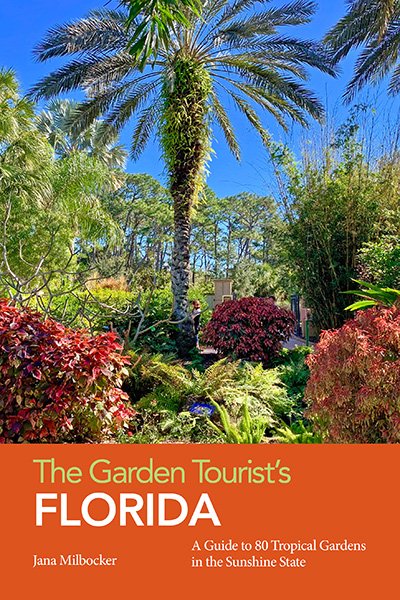Hayward Gardens: A Slice of England in Vermont
/One of the highlights of my recent Vermont Nurseries and Gardens tour was a visit to Hayward Gardens in Manchester. Gordon Hayward is a nationally recognized landscape designer, garden writer and lecturer. He was a contributor to Horticulture magazine for 25 years and wrote several books. In fact, that is how I was introduced to him, through his excellent book, Your House, Your Garden.
Gordon and his wife Mary have been developing the 1.5 acre garden around their 220-year-old farmhouse in southern Vermont for the past 38 years. They come from two different worlds. Mary grew up in the North Cotswold Hills of England on a 140-acre farm across from the famous Hidcote Manor Gardens. Gordon is from a family farm with a 38-acre orchard in northwestern Connecticut. Needless to say, they both have horticulture in their blood.
When the Haywards purchased property in 1983, it had been a dairy farm in the Ranney family for many generations. The eight-room farmhouse with attached barn was built in the 1790s. Suffering from years of neglect, the house needed some major work to make it livable again. It took Mary and Gordon more than a year to clean up the yard, removing truckloads of scrap metal, tearing down a rotting barn, burning brush and dead trees, and hauling out junk cars.
While deep in the throes of clearing the property, Gordon had a visit from his friend and mentor, landscape designer Howard Andros. Howeard pointed out the connection between the front door of the house and an old apple tree 250 feet away, saying simply, “That’s an important line.” The Haywards ran a string from the threshold of the door to the tree, marking out the sightline, and eventually built paths and gardens along that line. All of the subsequent garden beds and pathways were laid out parallel or perpendicular to that string line, providing coherence to the design of the entire garden.
Gordon and Mary organized their garden into a series of 15 garden rooms, a concept that was inspired by Hidcote. They sought to preserve remnants of the historic dairy, and create a personal garden that reflected its sense of place. Across from the house is the crab-apple orchard, a nod to Gordon’s background. Two beds with six trees each are cut into the lawn and underplanted with hardy geraniums, epimediums, bloodroot, lamium and other shade lovers that bloom in the spring with the ‘Prairie Fire,’ ‘Sugar Tyme,’ and ‘Adams’ crabapples. The bright red fruits of the trees add winter interest to the garden.
A tunnel made from purple-leaved beech trees trained over bent steel rods leads to the gazebo. The beech tunnel incorporates Gordon’s sculpture called “Circle in the Square,” which frames a view of the garden.
Located near the southeastern corner of the property, a wooden gazebo provides a destination and a resting place. It is built from oak and hemlock beams with a cedar shake roof, allowing it to blend in with the woodland garden behind it. Views of the Haywards’ ten acres of fields are framed by its timbers.
From the gazebo, there are two 90-foot-long herbaceous borders along a straight grass path. Colorful astratias, lilies, feverfews and many other flowers bloom from spring through fall. Shaped boxwood marks the corners of the beds.
The Mound is a mossy shade garden punctuated by Stephen Procter’s stoneware urn.
Rather than trying to plant a garden over the shallow, matted roots of mature trees, the Haywards paved the area with bluestone and created a shady outdoor dining area. The garden is filled with sculptures collected from local and international artists.
A classic New England four-quadrant herb garden sits adjacent to a former tobacco-drying shed with a grape arbor. The four boxwood parterres are an English armillary on a pedestal. The Herb Garden features a sculpture of John Tradescant, head gardener to Charles II and the first plant hunter from England to sail to America. Tradescant arrived in Virginia in the early 1660s, seeking new plants for the royal gardens. He and his father introduced many new plants to England including the Tulip tree, cherries, quinces, medlars, fritillaries and tulips. Tradescantia (spiderwort) was named after them.
In their effort to preserve the property’s farming past, the Haywards left the concrete milking parlor floor intact. They filled the cracks with soil and planted sedums, thymes and hens and chicks in between the slabs of concrete. Several rusty milk cans serve as reminders of the cows that were once milked on this spot.
After removing a dilapidated barn, the Haywards built a pool on the base of the old silo. The pool is ringed with moss-covered stones, and water bubbles up through a 200-year-old marble wellhead in the center. A statue of Buddha is nestled among the surrounding ferns.
The lawn at the back of the house was left unplanted as a stone wall–enclosed, grassy paddock. In another nod to Mary’s past, the Haywards had three topiary sheep made to “graze” here. The topiaries are filled with sheep’s wool.
Hayward Gardens is open annually through the Garden Conservancy and Westminster Cares Open Garden Day. For dates, visit haywardgardens.com.

